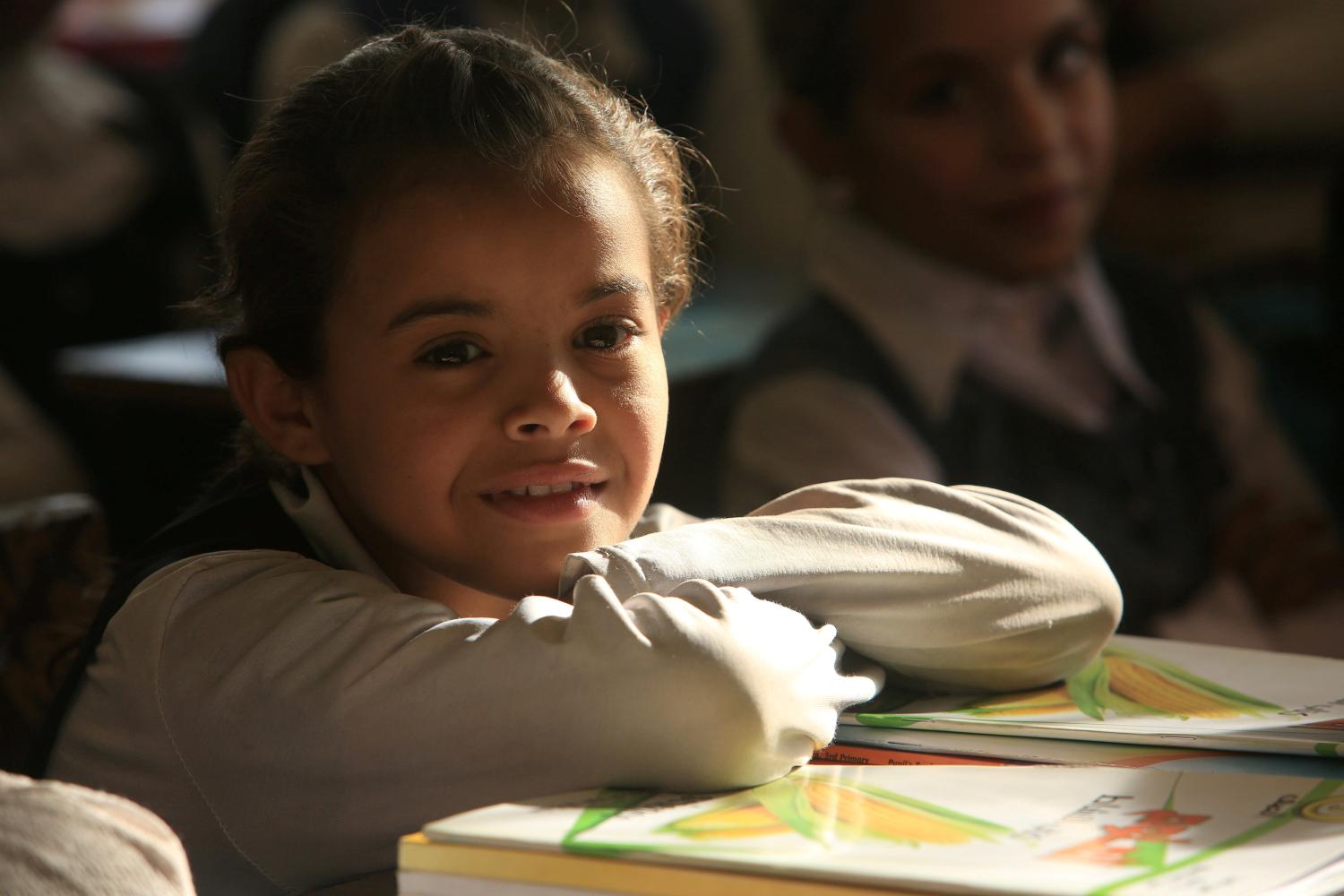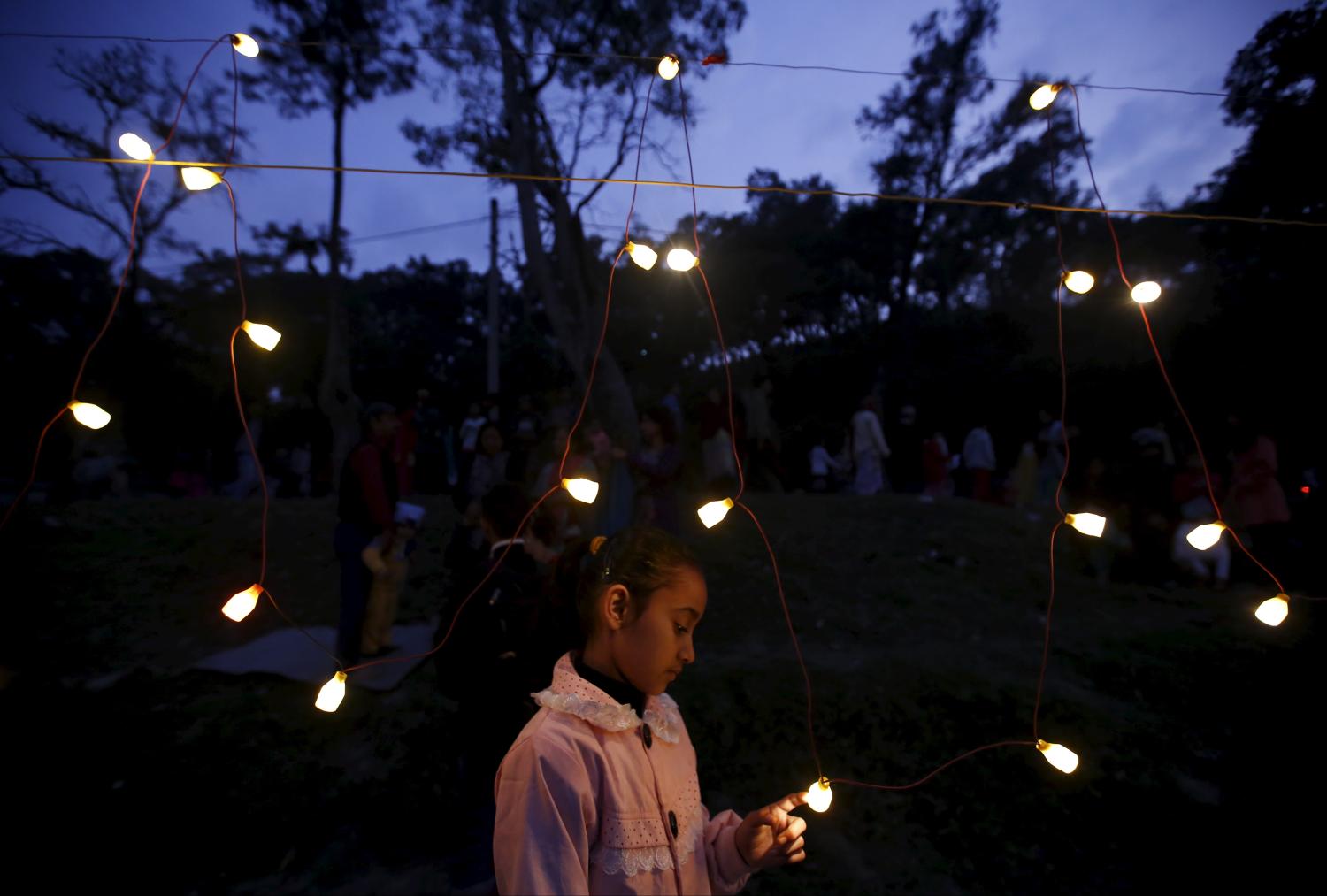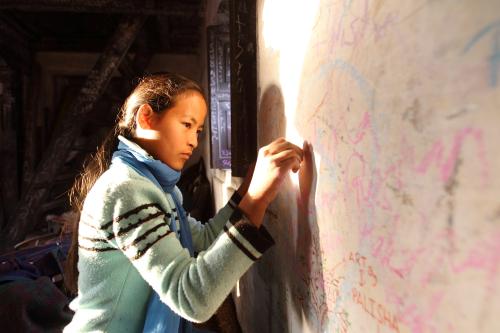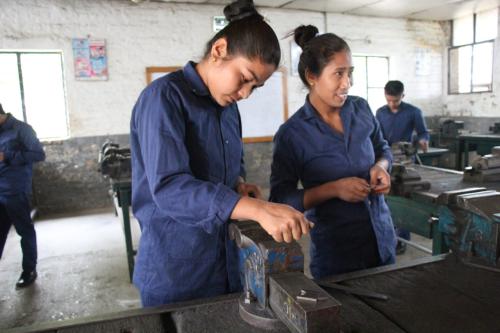This piece is a summary of the new report, “Girls’ transitions to work through higher-quality TVET programs in Nepal”
Nepal has made significant progress in sending children to school over the last two decades; the Ministry of Education reports that the country has nearly achieved universal primary education, as well as gender parity in enrollment at the primary and secondary levels. However, school dropout is still a big challenge: Only 20 percent of children at the primary level complete high school, and girls are at higher risk of dropping out. What’s more, most students who complete secondary and even tertiary education remain unemployed. The current mainstream educational model doesn’t align well with labor market needs, but technical and vocational education and training (TVET) could provide an alternative pathway to work. Through policy measures encouraging young adults—particularly girls—to participate in TVET programs, government can help improve the transition to the workforce.
In this video, Anil Paudel, 2019 Echidna Global Scholar, discusses the importance of investing in a gender-transformative TVET education to help improve girls’ real-world employability.
Labor force statistics suggest that educational gains have not translated into labor market gains for women. Despite making up 56 percent of the working-age population, only around 26 percent of women participate in the labor force, compared to almost 54 percent of males. Many women who do have a job are employed in the informal sector, characterized by poor working conditions and wages. Even more sobering, the employment to population ratio is just 15.4 percent for women compared to 31.2 percent for men between the ages of 15 and 24. Strikingly, almost half of female youth between the ages of 15-34 are not in employment, education, or training (NEET), compared to one in five male youth. Females are also on average paid less than males, and their chances of getting high-level professional jobs are slim to none.
To address these labor market failures, policymakers should shift the focus toward bridging education and employment. Studies suggest that transition rates to the workforce are higher for those with TVET qualifications than those without. TVET could help connect students to specific industries and provide skills demanded by specific occupations, thus improving real-world employability.
Nepal’s inattention to TVET undercuts its educational goals, and has particularly dramatic consequences for girls. Girls’ participation in TVET could substantially increase their labor force participation, but it must be gender-transformative to ensure equitable gender participation in all areas of training. My forthcoming policy brief found significant barriers to girls’ participation in TVET programs and their acquisition of skills needed for lucrative, traditionally male-dominated occupations. These barriers include TVET underinvestment, limited information and opportunities, an unregulated labor market, and social and gender norms that view TVET as education for working-class men. When TVET is available for women, it often pushes them into fields of study that fit stereotypical social and reproductive roles, such as nursing and caregiving.
To realize education’s promise of a pathway to decent employment for all, there must be increased investment in a gender-transformative TVET that aligns girls’ skills with market demand, including combining them with entrepreneurship and life skills, and providing space to disrupt gender stereotypes. Application of the ACT framework—improving girls’ access to TVET programs, enabling their completion of TVET programs, and facilitating their transition to work—could allow Nepal to finally realize the promises of education. After all, the 2030 Agenda for Sustainable Development envisions the world with full gender equality, where women and girls are empowered (SDG 5), have equal access to quality education (SDG 4), and have equal participation in the labor market (SDG 8). To achieve these goals, Nepal’s government must partner with the private sector and civil society to invest in gender-transformative TVET.
The Brookings Institution is committed to quality, independence, and impact.
We are supported by a diverse array of funders. In line with our values and policies, each Brookings publication represents the sole views of its author(s).










Commentary
Investing in TVET would increase female labor force participation in Nepal
October 10, 2019